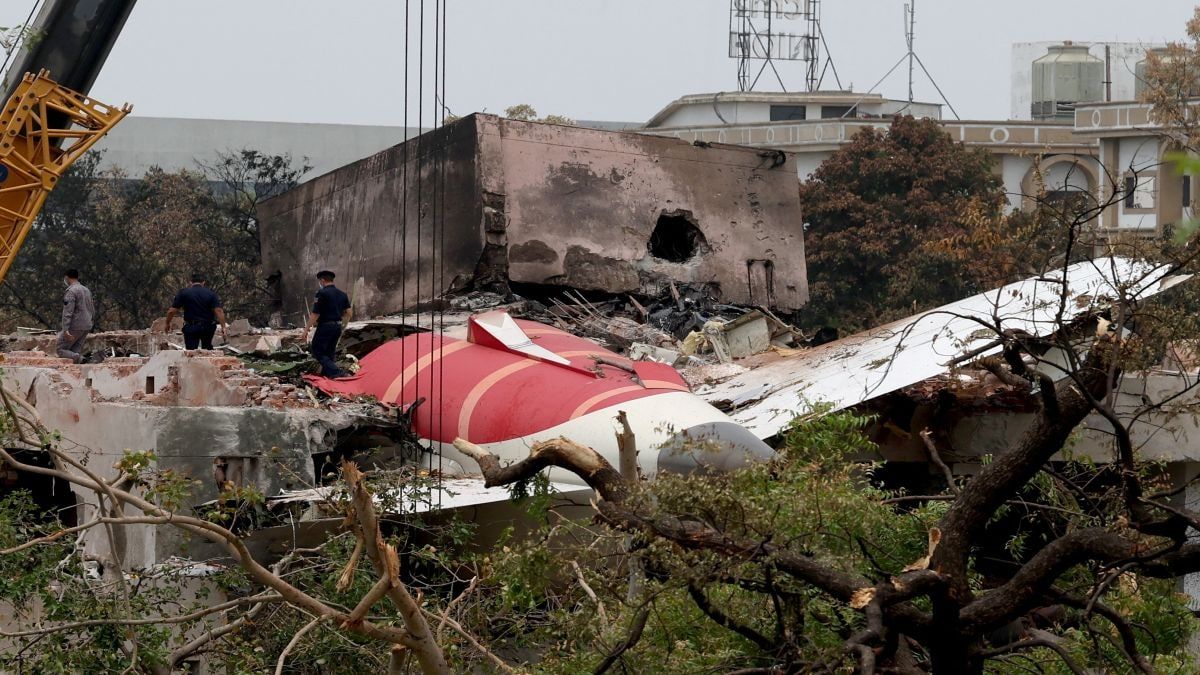Air Travel Remains Safest Method of Transport Despite Rare Crashes

A catastrophic air disaster like Sunday's Air India plane crash that occurred after takeoff from Ahmedabad airport in the Indian state of Gujarat will always leave an indelible mark on our collective psyche. This was no ordinary tragedy with 242 people on board, but fortunately a British national Vishwashkumar Ramesh survived the carnage.
The recent mishap may have reignited fears among frequent flyers and even beginners who may be taking their first flight in years! The fact remains that flying remains safer than driving by far. According to figures released by researcher Arnold Barnett, the risk of dying in air travel per passenger is 1 in 13.7 million. Not surprisingly, the danger level has been dropping relentlessly every decade.
On the other hand, car accidents have a vastly higher fatality rate which makes flight an undoubtedly safer mode of transportation than any car journey. While fatal plane accidents are rare - as statistically indicated in some of Barnett's previous studies and according to data from the International Air Transport Association (IATA) that reported 0.01 fatal flights per million flights in 2022.
However, when we look into our emotions more closely, it is quite easy to rationalize why air travel might appear riskier than it actually is: 'the plane can fall off course; engines malfunction at any time.' This perception isn't due to a lack of statistics but to certain biases built-in. What drives these fears, particularly against flying?
One is clearly our brain's propensity for visual imagery and the raw power they offer which makes these images super memorable - leading us toward an overestimation in their prevalence in comparison to more mundane dangers like chronic diseases.
Another factor is the dread associated with fear of something not immediately familiar. The emotional impact plays a role when vivid images from the crash circulate widely on social media, making people believe such incidents happen only rarely or never at all - despite thousands of planes taking off safely each year worldwide.
